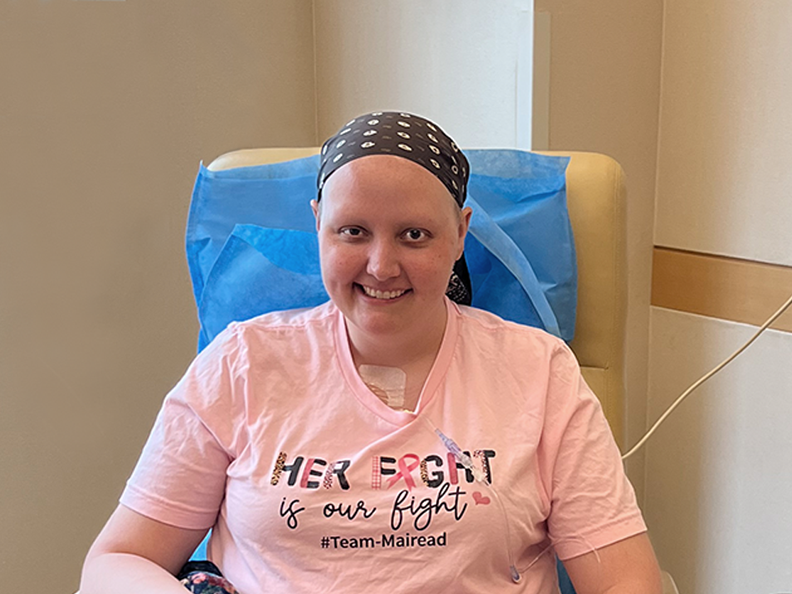Your gift is 100% tax deductible
Signs and Symptoms of Retinoblastoma
Retinoblastomas nearly always occur in infants and young children. They are often found when a parent or doctor notices a change in a child’s eye.
Common symptoms of retinoblastoma
Pupillary light reflex changes
A change in the pupillary light reflex is the most common early sign of retinoblastoma. Normally when a light is shone in the eye, the dark spot in the center of the eye, called the pupil, looks red. This is because of the blood vessels present in the retina at the back of the eye. This causes “red eye” in flash photography.
In an eye with retinoblastoma, the light reflected can be dim, different in each eye, or a different color such as white, which is known as leukocoria. This is because the normal blood vessels in the back of the eye are blocked by a tumor.
A parent might notice this white glare after a flash photograph is taken, especially if the pupils are different colors. It also might be noted by the child’s doctor during a routine eye exam.
Eye alignment problems
Sometimes the eyes do not appear to line up and look in different directions. This may look like a “lazy eye” or a problem following an object with the gaze. The medical term for this condition is strabismus. There are many possible causes of this in children. Most of the time, it is caused by a mild weakness of the muscles that control the eyes, but it can also be caused by retinoblastoma.
Other possible signs and symptoms
Less common signs and symptoms of retinoblastoma include:
- Vision problems
- Eye pain, due to inflammation or pressure inside the eye from a buildup of fluid (glaucoma)
- Bulging of the eye (proptosis)
- An enlarged eye (buphthalmos)
- Redness of the sclera, the white part of the eye
- Bleeding in the anterior chamber, the front part of the eye (hyphema)
- A different color in each iris, the colored part of the eye (heterochromia)
If the cancer spreads outside the eye, symptoms depend on where the cancer is. Retinoblastoma can spread to the lymph nodes (bean-sized collections of immune cells), liver, bones, bone marrow, or central nervous system (brain and spinal cord). Some possible symptoms include:
- Loss of appetite and weight loss
- Headache
- Vomiting
- Lumps under the skin in the neck
Many of these signs and symptoms are more likely to be caused by something other than retinoblastoma. Still, if your child has any of these, check with your child’s doctor so the cause can be found and treated if needed.
- Written by
- References

Developed by the American Cancer Society medical and editorial content team with medical review and contribution by the American Society of Clinical Oncology (ASCO).
Leahey AM, Gombos DS, Chevez-Barrios P. Chapter 32: Retinoblastoma. In: Blaney SM, Adamson PC, Helman LJ, eds. Pizzo and Poplack’s Pediatric Oncology. 8th ed. Philadelphia, Pa: Lippincott Williams & Wilkins; 2021.
Lin FY, Chintagumpala MM. Neonatal Retinoblastoma. Clin Perinatol. 2021;48(1):53-70.
National Cancer Institute. Retinoblastoma Treatment (PDQ®). 2025. Accessed at www.cancer.gov/types/retinoblastoma/hp/retinoblastoma-treatment-pdq on July 2, 2025.
Last Revised: September 11, 2025
American Cancer Society medical information is copyrighted material. For reprint requests, please see our Content Usage Policy.
American Cancer Society Emails
Sign up to stay up-to-date with news, valuable information, and ways to get involved with the American Cancer Society.



